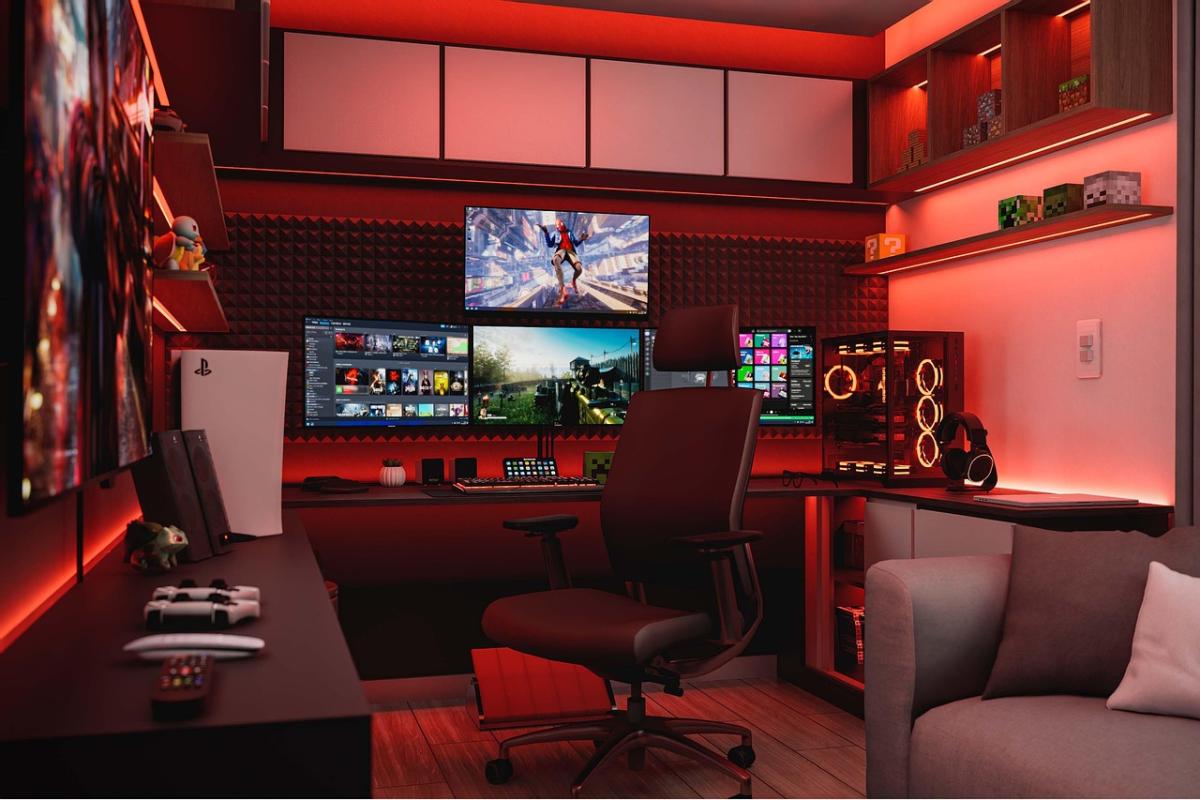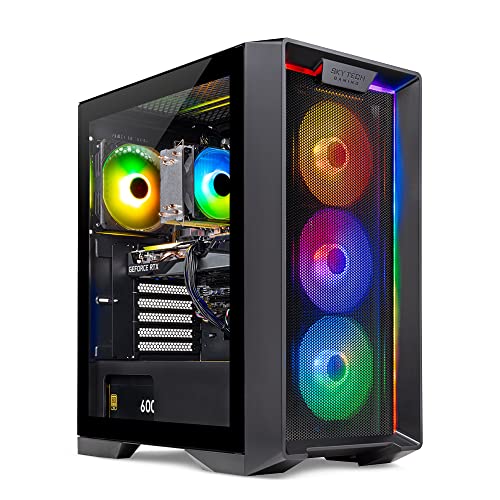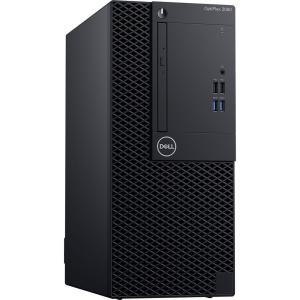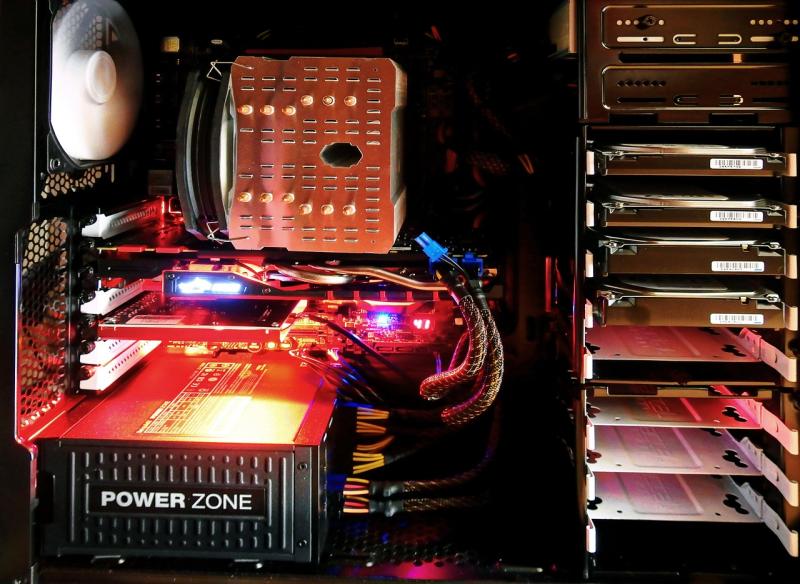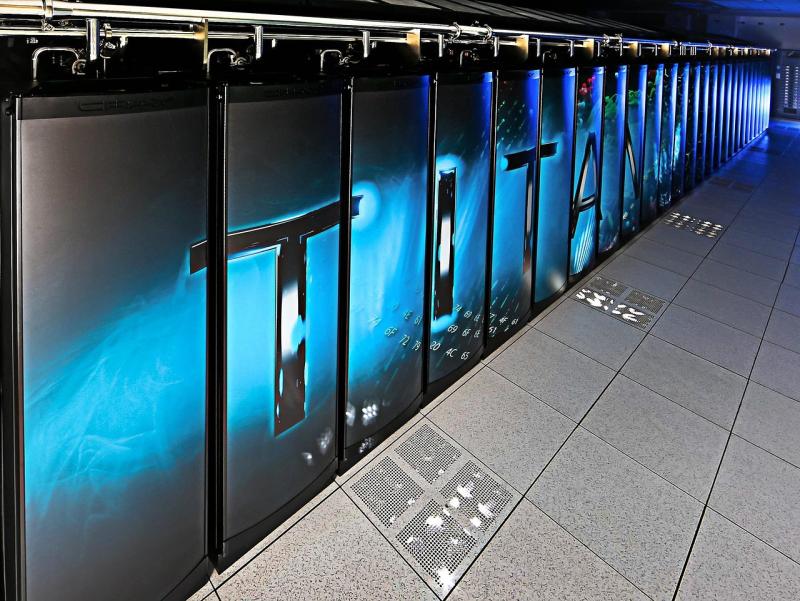Future‑proofing your PC is crucial to enjoy next‑gen gaming where graphics fidelity, faster load times, and advanced game physics demand robust hardware. Taking a proactive approach to upgrades ensures that your system remains competitive and responsive as new technologies emerge.
Invest in the latest generation CPUs and GPUs with ample headroom for overclocking and multitasking. Choose a motherboard that supports modular upgrades, such as additional memory slots and high‑speed storage interfaces. Balance your build with components that have proven longevity and support emerging standards like PCI Express 4.0 or 5.0. Regular monitoring of performance trends and consistent firmware updates also help keep your system current.
Construct your system with scalability in mind. Plan on upgrading discrete components over time rather than replacing the entire system. This approach minimizes costs and ensures that your PC continually meets the performance requirements of next‑gen gaming.
Upgrading your PC for next‑gen gaming involves strategic planning and modular design. By investing in scalable and current high‑performance components, you can future‑proof your system to meet the rigorous demands of the latest games while maintaining overall system efficiency.
Future-Proof Your PC for Next-Gen Gaming: Strategies, Upgrades & Roadmap
Graphics fidelity, ray tracing, AI-driven upscaling, and real-time physics are redefining gaming. Future-proofing your PC ensures you stay ahead of hardware demands and enjoy
smooth, high-FPS experiences in every upcoming AAA release.
Introduction
Next-gen gaming demands continue to rise: ultra-high frame rates, real-time ray tracing, AI upscaling (DLSS & FSR), and physics-driven worlds push hardware limits. Future-proofing your PC means choosing components with upgrade headroom and proven longevity—so you spend less time rebuilding and more time playing.
Assessing Future Gaming Demands
Tech roadmaps from NVIDIA, AMD, and Intel reveal trends:
- GPU RAM requirements climbing beyond 16 GB for 4K textures and VR.
- CPUs leaning into 8–16 cores with hybrid performance/efficiency designs.
- Storage speeds over 7 GB/s for near-instant level streaming in open worlds.
- PCIe 5.0 & DDR5 DDR6 to double bandwidth every generation.
By projecting these needs, you can prioritize components that won’t bottleneck tomorrow’s game engines.
Core Components
CPU & GPU Upgrades
Central Processing Unit (CPU): Opt for recent architectures (e.g., Intel Raptor Lake, AMD Zen 4) with multi-core performance and high single-thread clocks. Hybrid core designs (P-cores + E-cores) ensure power efficiency when idle and raw performance when gaming.
Graphics Card (GPU): Choose a card with at least 12–16 GB GDDR6(X) or HBM2e. Look for modular GPU coolers and dual-BIOS options. Overclocking headroom and firmware-driven memory optimizations extend longevity.
Motherboard & Modularity
Invest in a motherboard with:
- PCIe 5.0 support for next-gen GPUs and NVMe SSDs.
- At least four DIMM slots for upgradable DDR5 memory.
- Multiple M.2 Key-M slots, NVMe RAID-ready.
- Robust VRM design rated for overclocking headroom.
- Flashback BIOS and Q-LED indicators for painless upgrades.
Memory & Storage
System Memory: DDR5 is the new standard: start with 32 GB (2×16 GB), rated 5200 MT/s or higher. Leave two DIMM slots free for future expansion up to 64 GB or 128 GB.
NVMe Storage: Use a high-performance PCIe 4.0 x4 SSD for boot and primary games (≥3.5 GB/s). Add a PCIe 5.0 x4 slot later for 7+ GB/s sequential reads. Consider SLC caching and DRAM-less options for cost-efficient bulk storage.
| Component | Current Gen | Future Upgrade | Performance |
|---|---|---|---|
| RAM | DDR5-5200 2×16 GB | DDR5-6400 4×16 GB | Up to 51.2 GB/s per channel |
| Boot Drive | PCIe 4.0 x4 2 TB (3.5 GB/s) | PCIe 5.0 x4 2 TB (7.0 GB/s) | 2× faster load times |
| Bulk Storage | SATA 6 Gb/s HDD | PciE 4.0 x2 NVMe SSD | 5× throughput increase |
Power Supply & Cooling Solutions
Power Supply (PSU): Choose a modular 80+ Gold or Platinum unit with 750–850 W capacity. Leave 20–30% headroom for future GPU or CPU overclocking.
Cooling: AIO liquid coolers (240 mm+) or custom loops handle future high-TDP CPUs. Premium air coolers with copper heat-pipes deliver durability with minimal maintenance.
- High-CFM, low-noise fans with PWM control.
- Fan splitters and temperature sensors for independent zone control.
- Dedicated VRM and M.2 heatsinks to prevent thermal throttling.
Expandability & Modular Design
Case selection impacts scalability:
- Full-tower or mid-tower chassis with ≥7 expansion slots.
- Removable drive cages and tool-less brackets.
- Front-panel USB4 / Thunderbolt® 3 & 4 ports for external GPUs and storage.
- Modular fan mounts and radiator support up to 360 mm.
Plan cable management channels and PSU shrouds so you can add components without re-routing everything.
Interfaces & Emerging Standards
Stay ahead by adopting today’s cutting-edge interfaces:
- PCIe 5.0 / PCIe 6.0: Future GPUs, network cards, and SSDs.
- USB4 & Thunderbolt 4: 40 Gbps external docks, eGPUs, high-speed storage.
- Wi-Fi 6E / Wi-Fi 7: Ultra-low latency wireless for cloud gaming.
- Bluetooth 5.2+: Low-latency audio and peripheral support.
- 2.5 GbE / 10 GbE: LAN speeds that outpace typical internet connections for LAN-party and streaming rigs.
Performance Monitoring & Firmware Updates
Regularly update BIOS and GPU firmware to unlock stability patches and feature improvements. Use these tools:
- HWInfo64 / HWiNFO: Real-time voltage, temperature, and fan speed logging.
- MSI Afterburner / ASUS GPU Tweak: GPU overclocking and voltage curve tuning.
- CrystalDiskInfo: NVMe health monitoring and firmware updates.
- Manufacturer Utilities: Motherboard AI Suite, Gigabyte App Center, AMD Ryzen Master.
Incremental Upgrade Roadmap
Rather than rebuilding annually, upgrade one component per cycle. Example roadmap:
- Year 1: GPU → 12 GB GDDR6(RTX 40-series).
- Year 2: SSD → 2 TB PCIe 5.0 NVMe.
- Year 3: RAM → Upgrade to 64 GB DDR5-6000 kit.
- Year 4: CPU → Next-gen hybrid P+E architecture.
- Year 5: PSU & Cooling → 1000 W Platinum + custom loop.
Budgeting & Return on Investment
Allocate budget by component lifespan:
- GPU: Replace every 2–3 years for VR and 4K headroom.
- CPU & Motherboard: 3–5 years, depending on socket stability.
- Storage & RAM: 5+ years; simply add modules or drives.
Track resale value: Premium GPUs and CPUs retain value better. Document purchase dates and firmware versions for transparency when selling.
Case Studies: Scalable Builds
Three sample builds illustrate future-proof planning:
| Tier | Key Specs | Upgrade Path | Cost Estimate |
|---|---|---|---|
| Entry | Ryzen 5 7600 + RTX 4060 + 32 GB DDR5 | Year 2: Add NVMe 5.0 SSD Year 3: GPU → RTX 4070 |
$1,000 |
| Mid | i7 13700K + RTX 4070 Ti + 64 GB DDR5 | Year 2: CPU → Raptor Lake-Refresh Year 3: Custom loop |
$2,000 |
| High-End | Ryzen 9 7950X + RTX 4090 + 128 GB DDR5 | Year 2: PCIe 6.0 SSD Year 3: Upgrade to Zen 5 + DDR6 |
$4,000+ |
Emerging Technologies
- PCIe 6.0: 64 GT/s per lane, sub-microsecond latency.
- DDR6: Data rates beyond 12,800 MT/s and on-die ECC.
- Optane & CXL Memory: Cache-coherent pooling between CPU, GPU, and accelerators.
- AI-Driven Overclocking: Machine-learning algorithms that auto-tune voltages and clocks in real time.
- Modular GPUs: Swappable memory modules for custom VRAM expansions.
Sustainability & Resale Value
Future-proof builds also consider environmental impact:
- Choose energy-efficient PSUs and CPUs with low idle power.
- Buy from manufacturers offering take-back and recycling programs.
- Document build specs and keep boxes for higher resale value.
Conclusion & Best Practices
Future-proofing your PC for next-gen gaming is a balance of foresight, modular design, and budget discipline. Prioritize scalable platforms—PCIe 5.0/DDR5 motherboards, high-efficiency PSUs, and VRM-robust boards. Phase upgrades over time, monitor performance trends, and stay current with firmware. This approach minimizes total cost of ownership while ensuring your rig remains competitive for years to come.
By investing wisely today, you’ll enjoy smoother frame rates, richer visuals, and shorter load times in every future AAA title. Happy gaming!
